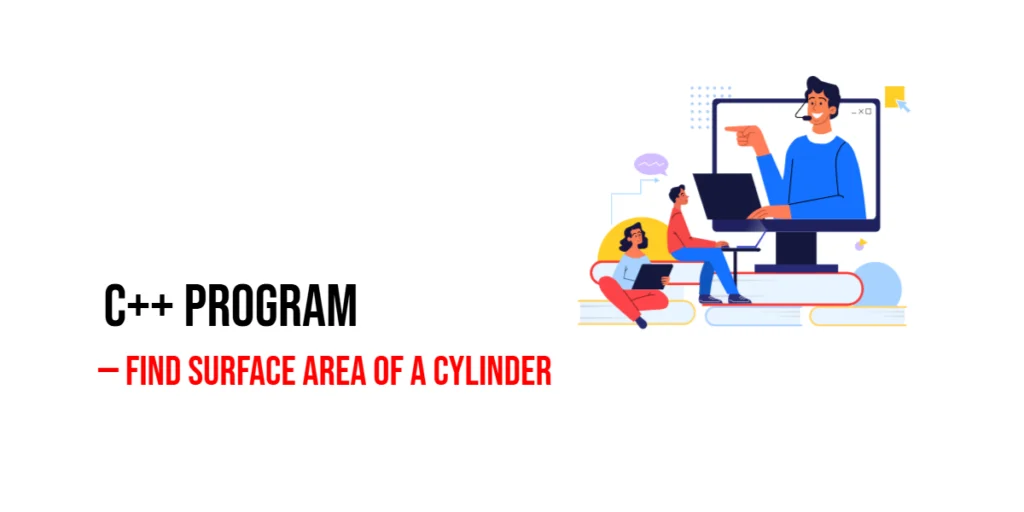C++ Program to Find Sine – Cosine and Tangent of an Angle
Trigonometry plays a vital role in fields such as physics, engineering, and computer graphics. Calculating sine, cosine, and tangent of an angle allows us to analyze waveforms, rotations, and geometric relationships. Learning to compute these values in C++ introduces beginners to the cmath library, mathematical functions, and angle conversions, making it a practical and engaging […]
C++ Program to Find Sine – Cosine and Tangent of an Angle Read More »









